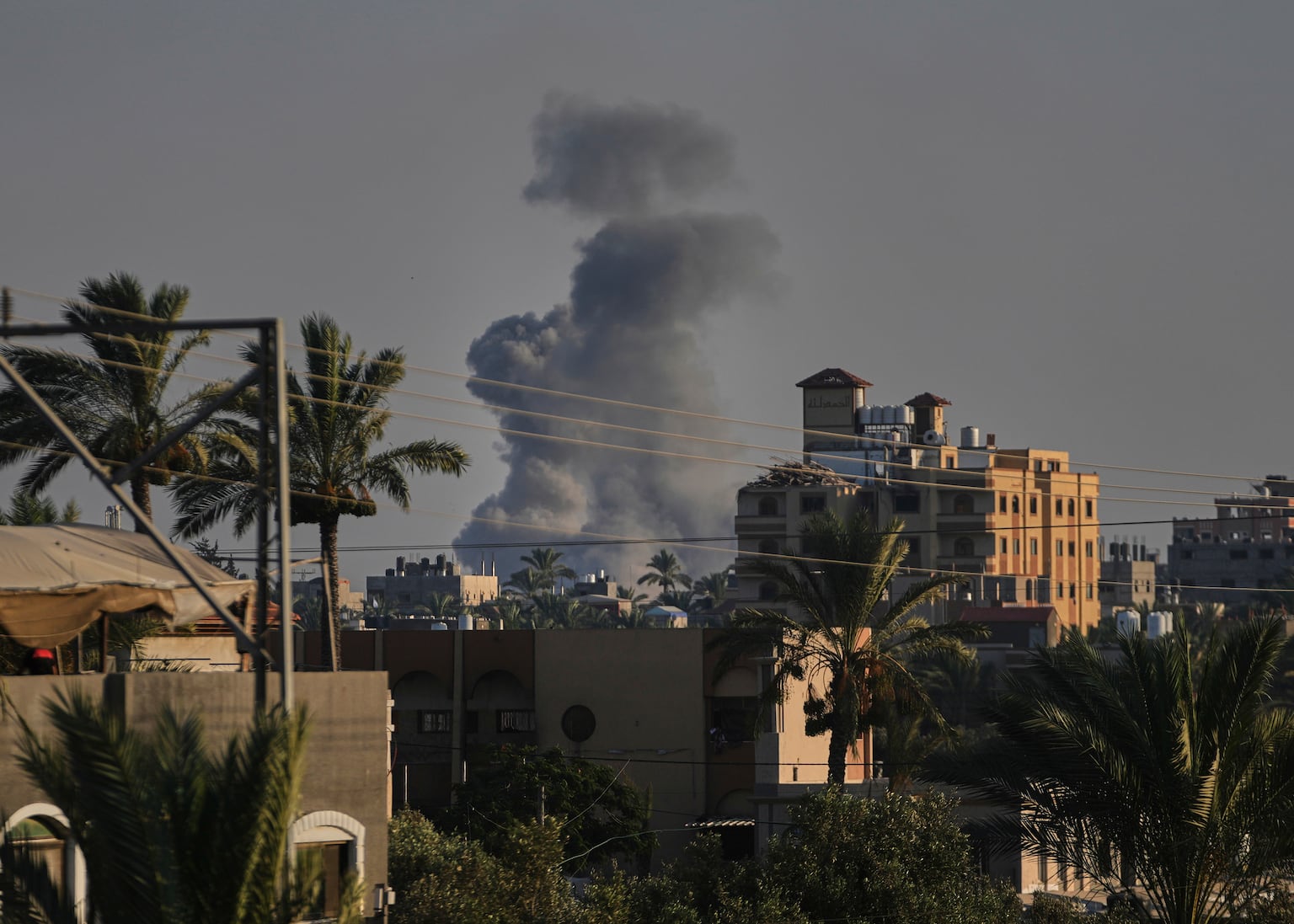Escalating Crisis in Gaza: Famine, Violence, and International Concerns
More than 100 charity and human rights organizations have expressed deep concern over the worsening humanitarian situation in the Gaza Strip, citing that Israel’s blockade and military operations are pushing the population toward starvation. These groups released a statement highlighting the dire conditions faced by Palestinians, particularly as Israeli airstrikes continue to claim lives.
According to local health officials, at least 21 people were killed overnight due to Israeli strikes, adding to the growing toll of violence. The situation has sparked alarm among international aid agencies, which warn that the region is on the brink of a famine. Experts point to the Israeli blockade and its military offensive, which began in response to Hamas’s attack on October 7, 2023, as key factors contributing to the crisis.
Israel maintains that it allows sufficient aid into Gaza and criticizes the United Nations for inefficiencies in delivering supplies. However, UN agencies argue that their efforts are hampered by Israeli restrictions and deteriorating security conditions. Meanwhile, Hamas has stated that it will only release the remaining 50 hostages it holds—approximately 20 of whom are believed to be alive—in exchange for a lasting ceasefire and an Israeli withdrawal. Israel, however, remains committed to recovering all captives and continuing the war until Hamas is defeated or disarmed.
A Growing Humanitarian Emergency
In a recent open letter, 115 organizations, including major international aid groups such as Doctors Without Borders, Mercy Corps, and Save the Children, warned that they are witnessing their staff and the communities they serve “waste away” due to the ongoing crisis. The letter specifically criticized Israeli restrictions and alleged “massacres” at aid distribution points. Witnesses, health officials, and the UN human rights office have reported that Israeli forces have repeatedly fired on crowds seeking aid, resulting in more than 1,000 deaths. Israel denies these claims, stating that its forces only use warning shots and that the death toll is exaggerated.
The letter further accused the Israeli government of creating chaos, starvation, and death through its total siege. In response, Israel’s Foreign Ministry rejected the criticism, accusing the groups of echoing Hamas’s propaganda. It claimed that around 4,500 aid trucks have entered Gaza since May, when the complete blockade was lifted, with over 700 more waiting to be distributed by the United Nations. However, this rate is far below the 500-600 trucks per day needed, as previously seen during a six-week ceasefire earlier this year.
The UN has struggled to deliver aid inside Gaza due to Israeli military restrictions, ongoing conflict, and a breakdown in law and order. An alternative aid system established by Israel and an American contractor has also faced significant challenges and controversy.
Ceasefire Talks and Diplomatic Efforts
Recent diplomatic efforts have seen the US Middle East envoy, Steve Witkoff, preparing to meet with a senior Israeli official to discuss potential ceasefire talks. This development suggests that lower-level negotiations, which have been ongoing for weeks, may be nearing a breakthrough. According to an official familiar with the talks, Ron Dermer, a top adviser to Israeli Prime Minister Benjamin Netanyahu, is traveling to Rome to meet Witkoff on Thursday to discuss the state of the negotiations.
US officials have confirmed that Witkoff plans to head to Europe this week, signaling that momentum may be building toward a deal. The proposed agreement is expected to include a 60-day ceasefire, during which Hamas would release 10 living hostages and the remains of 18 others in phases. In exchange, aid supplies would be increased, and both sides would engage in discussions on a lasting truce.
Despite these efforts, Israel continues to conduct daily air strikes against what it claims are militant targets, often resulting in civilian casualties. The Israeli military attributes these deaths to Hamas, as militants operate in densely populated areas. Over the past night and into Wednesday, at least 21 people were killed, with more than half being women and children, according to local health officials.
Ongoing Violence and Civilian Suffering
One strike hit a house in Gaza City, killing at least 12 people, including six children and two women, according to Shifa Hospital. Another strike in northern Gaza killed six people, including three children, two women, and a pregnant woman. A third strike in a tent in Gaza City resulted in the deaths of three children. In central Gaza, a strike in the Nuseirat refugee camp killed eight people and wounded 57.
Hamas-led militants abducted 251 people during the October 7 attack and killed around 1,200 people, mostly civilians. According to the Gaza Health Ministry, more than 59,000 Palestinians have been killed since the war began. While the ministry does not distinguish between militants and civilians, it states that more than half of the dead are women and children. The UN and other international organizations consider the ministry’s data to be the most reliable source of casualty information.







